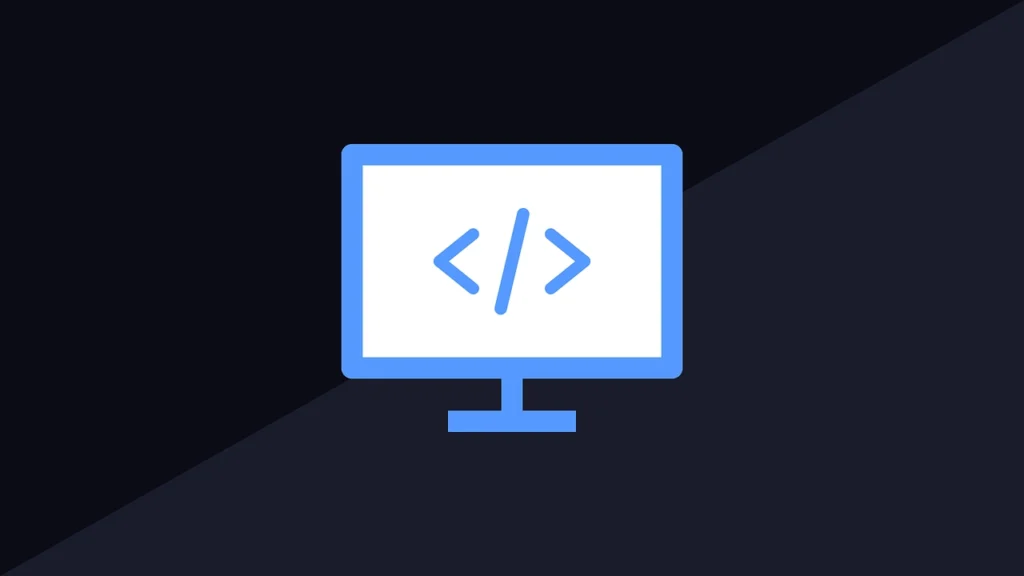What is HTML? The Building Blocks of the Web
HTML (HyperText Markup Language) is the foundation of every website. It structures content like text, images, and links so browsers can display them correctly. For beginners, mastering basic HTML tags is the first step toward creating websites, blogs, or even pursuing a career in web development. In this guide, we’ll break down the most important HTML tags, show how they work, and share tips to optimize them for SEO performance.
Why Learn HTML Tags?
HTML tags act as instructions for web browsers. They define headings, paragraphs, links, and more. Without them, the web would be a jumble of unformatted text. Whether you’re building a personal portfolio or studying for a web development certification, understanding these tags is essential.
Basic HTML Tags Every Beginner Should Know
Let’s explore the core tags that form the structure of every HTML document.
1. <html>: The Root of Your Webpage
The <html> tag wraps all content on your page and tells browsers, “This is an HTML document.”
Example:
<html lang="en"> <!-- All content goes here --> </html>
Tip: Always include lang="en" (or your page’s language) for accessibility and SEO.
2. <head>: Metadata and Hidden Settings
The <head> section contains non-visual elements like the page title, stylesheets, and SEO metadata.
Example:
<head> <meta charset="UTF-8"> <meta name="viewport" content="width=device-width, initial-scale=1.0"> <title>My First HTML Page | Web Dev Basics</title> <link rel="stylesheet" href="style.css"> </head>
SEO Tip: Use <title> to include keywords (e.g., “Web Dev Basics”) for better search rankings.
3. <body>: Where Your Content Lives
The <body> tag holds everything visible on your webpage: text, images, buttons, and more.
Example:
<body> <h1>Welcome to My Website</h1> <p>Learn HTML tags and start coding today!</p> </body>
4. Heading Tags: <h1> to <h6>
Headings organize content hierarchically. <h1> is the main title, while <h6> is the least important.
Example:
<h1>How to Learn HTML</h1> <h2>Basic Tags for Beginners</h2> <h3>Understanding the <body> Tag</h3>
5. <p>: Paragraphs for Readable Text
The <p> tag defines blocks of text.
Example:
<p>HTML is the backbone of web development. Start with basic tags like <html> and <body>.</p>
6. <a>: Hyperlinks to Connect Pages
The <a> (anchor) tag creates clickable links. Use the href attribute to specify the URL.
Example:
<a href="https://www.example.com">Visit Example.com</a>
Putting It All Together: A Simple HTML Page
Here’s a complete example using all the tags we’ve covered:
<!DOCTYPE html> <html lang="en"> <head> <meta charset="UTF-8"> <meta name="viewport" content="width=device-width, initial-scale=1.0"> <title>HTML Tags Tutorial | Web Development Guide</title> </head> <body> <h1>Master Basic HTML Tags</h1> <h2>Start Your Coding Journey</h2> <p>This tutorial covers essential tags like <code><html></code>, <code><body></code>, and <code><a></code>.</p> <a href="https://www.example.com/courses">Explore HTML Courses</a> </body> </html>
Practice Exercise: Build Your First Page
- Create a simple webpage about your favorite hobby.
- Use
<h1>for the title,<p>for descriptions, and<a>to link to related resources. - Validate your code using the W3C HTML Validator.
Conclusion: Start Coding with Confidence
HTML tags are the ABCs of web development. By mastering <html>, <head>, <body>, and other basic tags, you’ll build a strong foundation for creating SEO-friendly websites. Remember, clean and semantic HTML not only pleases search engines but also makes your content accessible to all users.
FAQ
HTML5 includes over 100 tags, but beginners only need 10-15 to build basic sites.
<h1> tags on a page? Avoid it—use one <h1> for the main title and <h2> to <h6> for subsections.
Properly structured HTML helps search engines understand your content, improving rankings.

